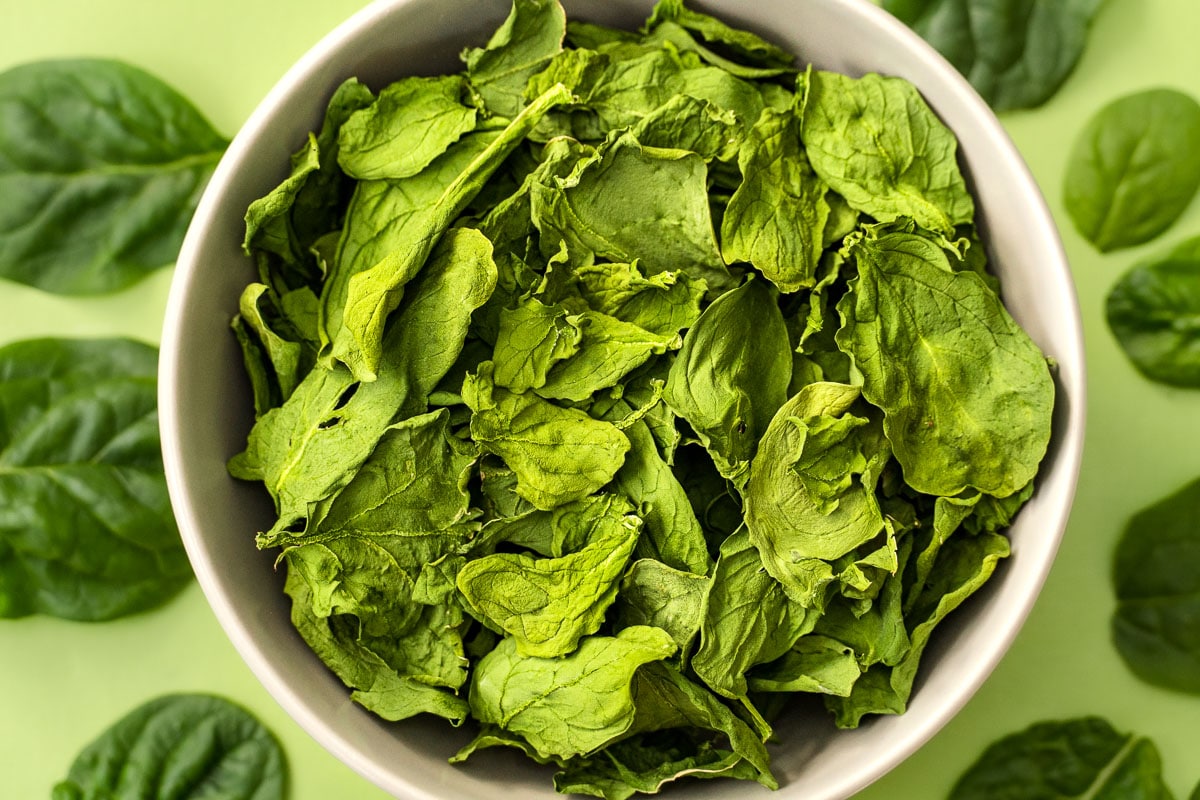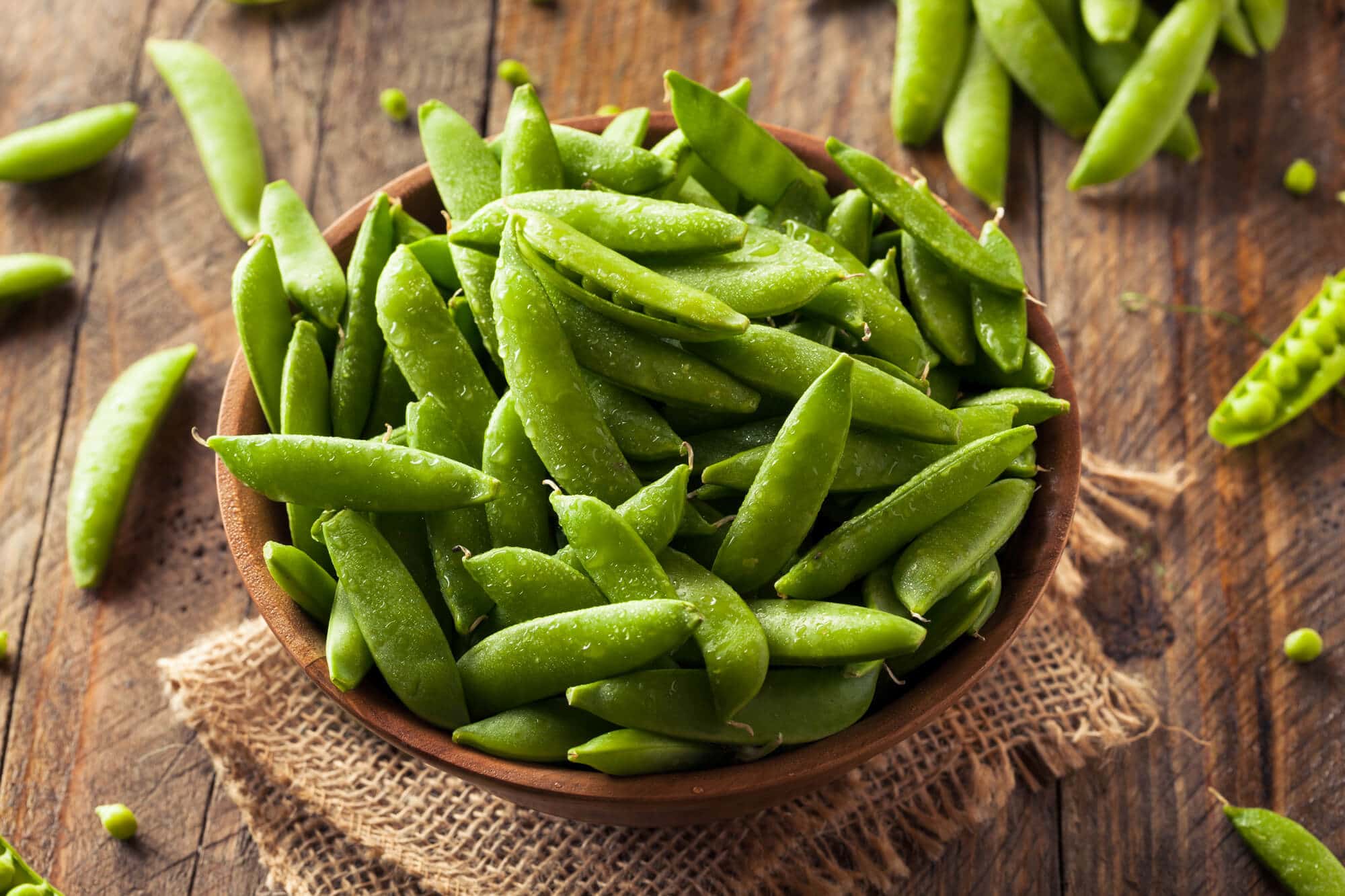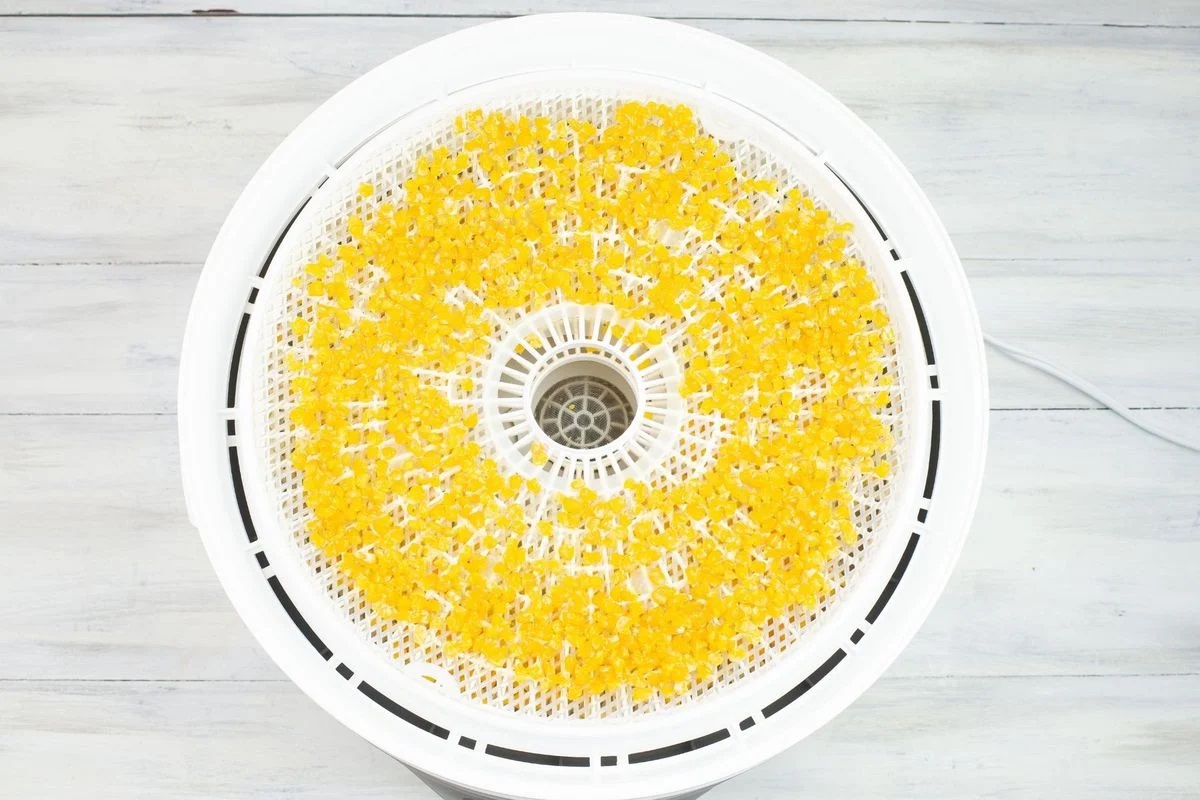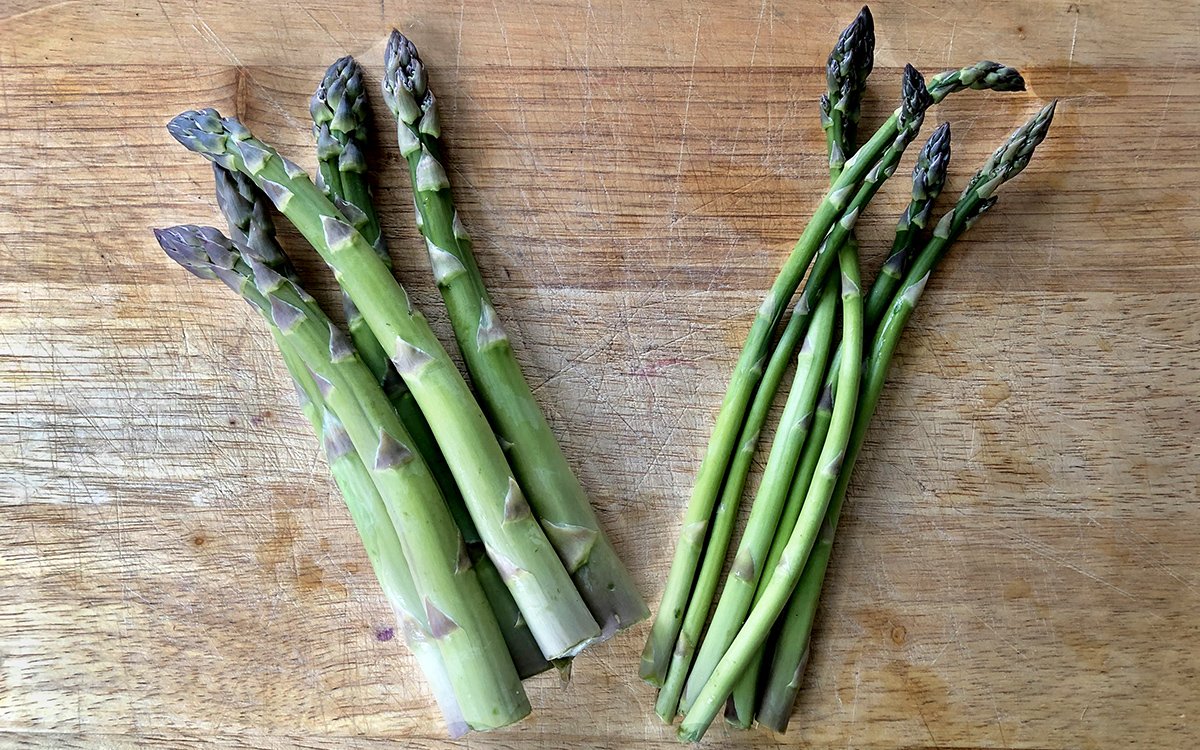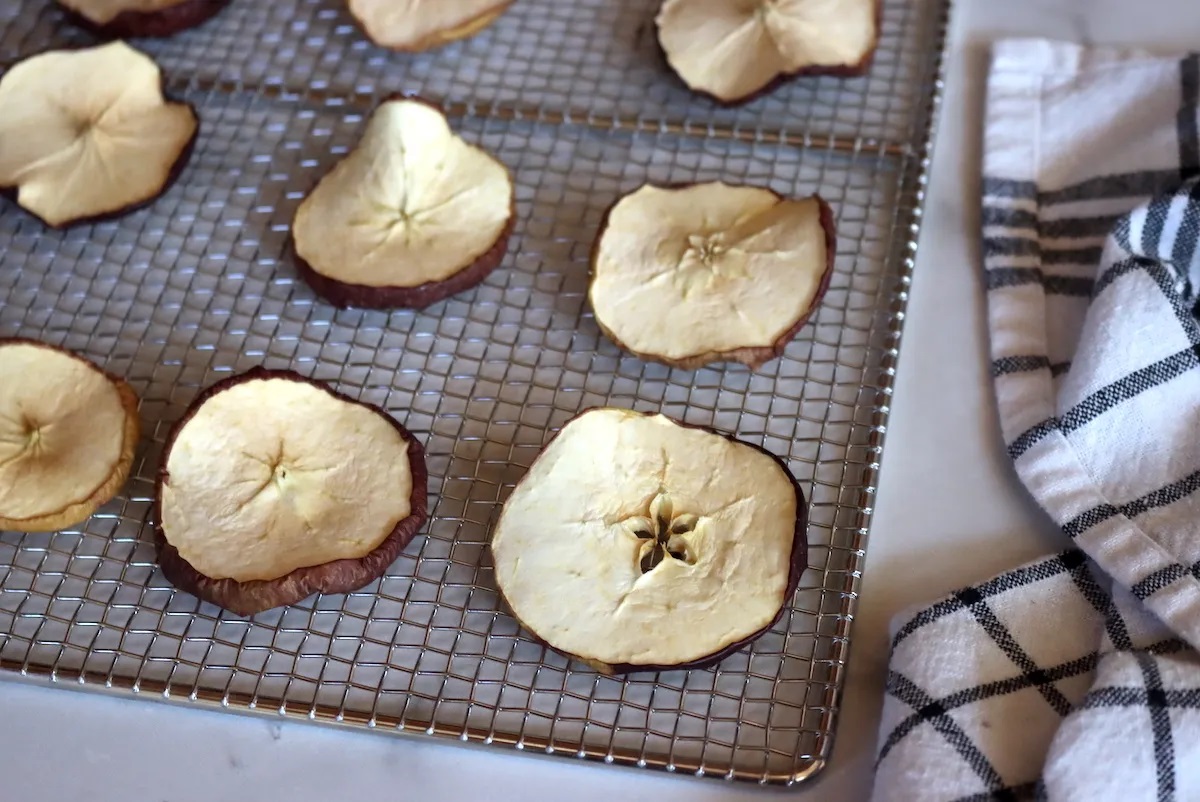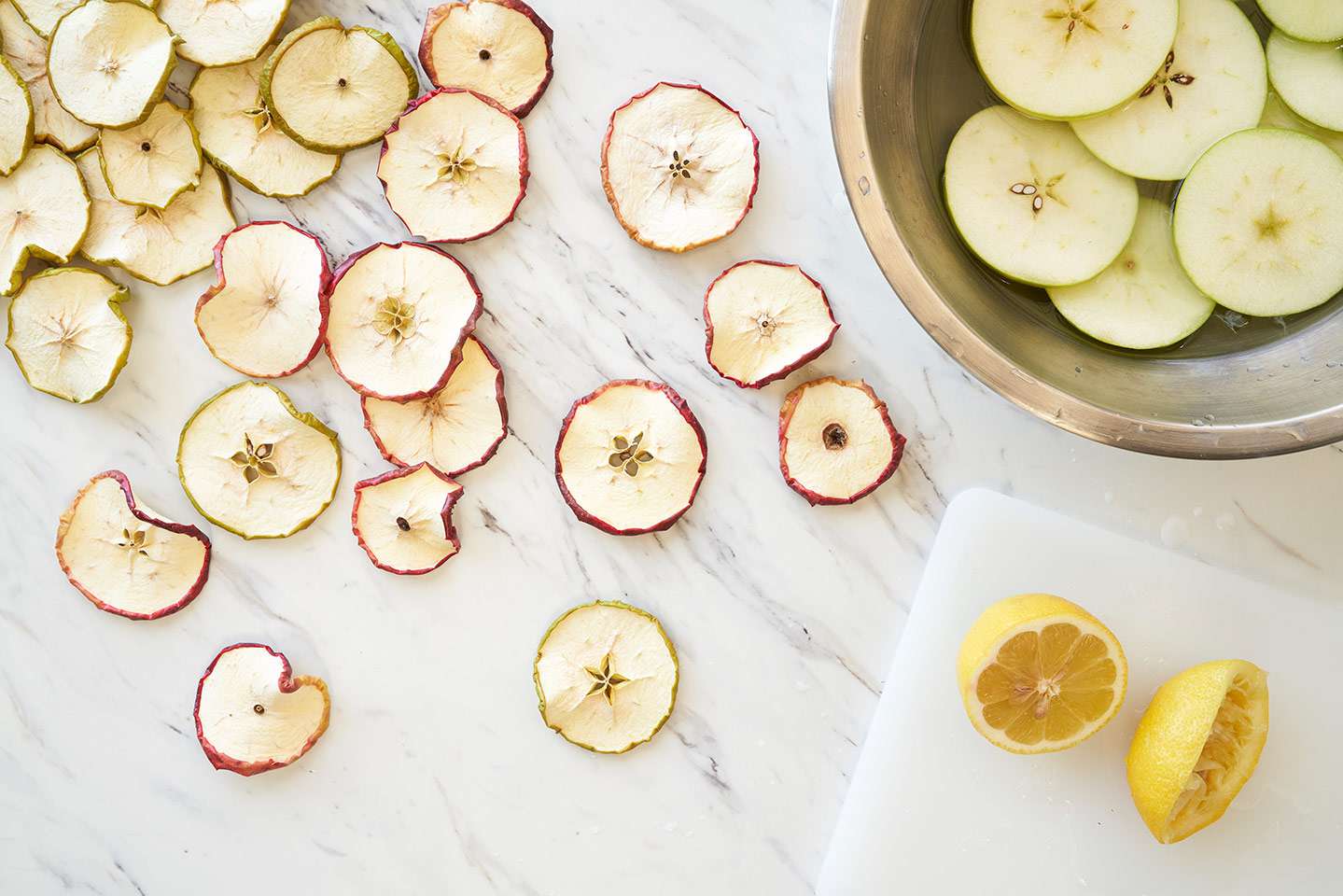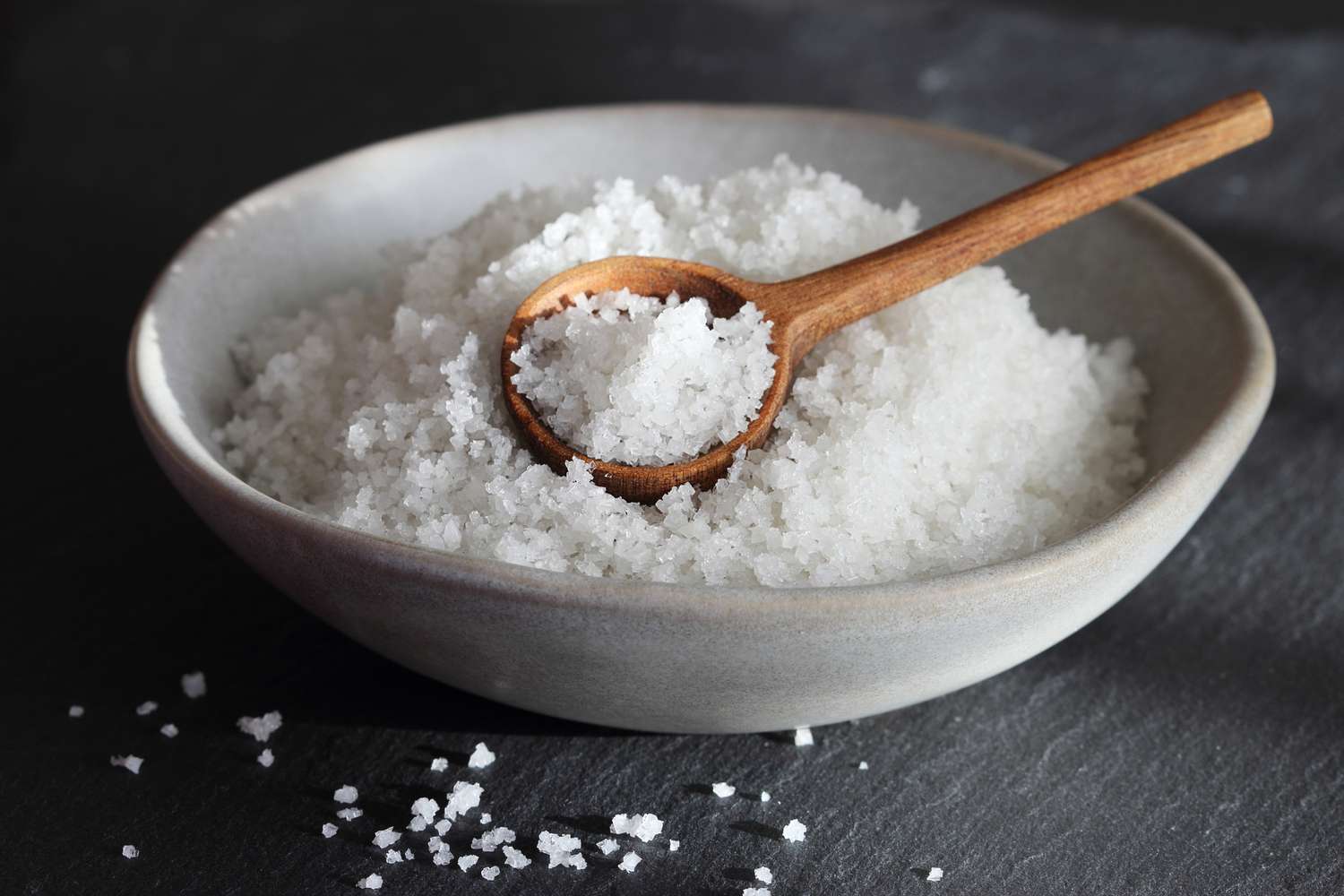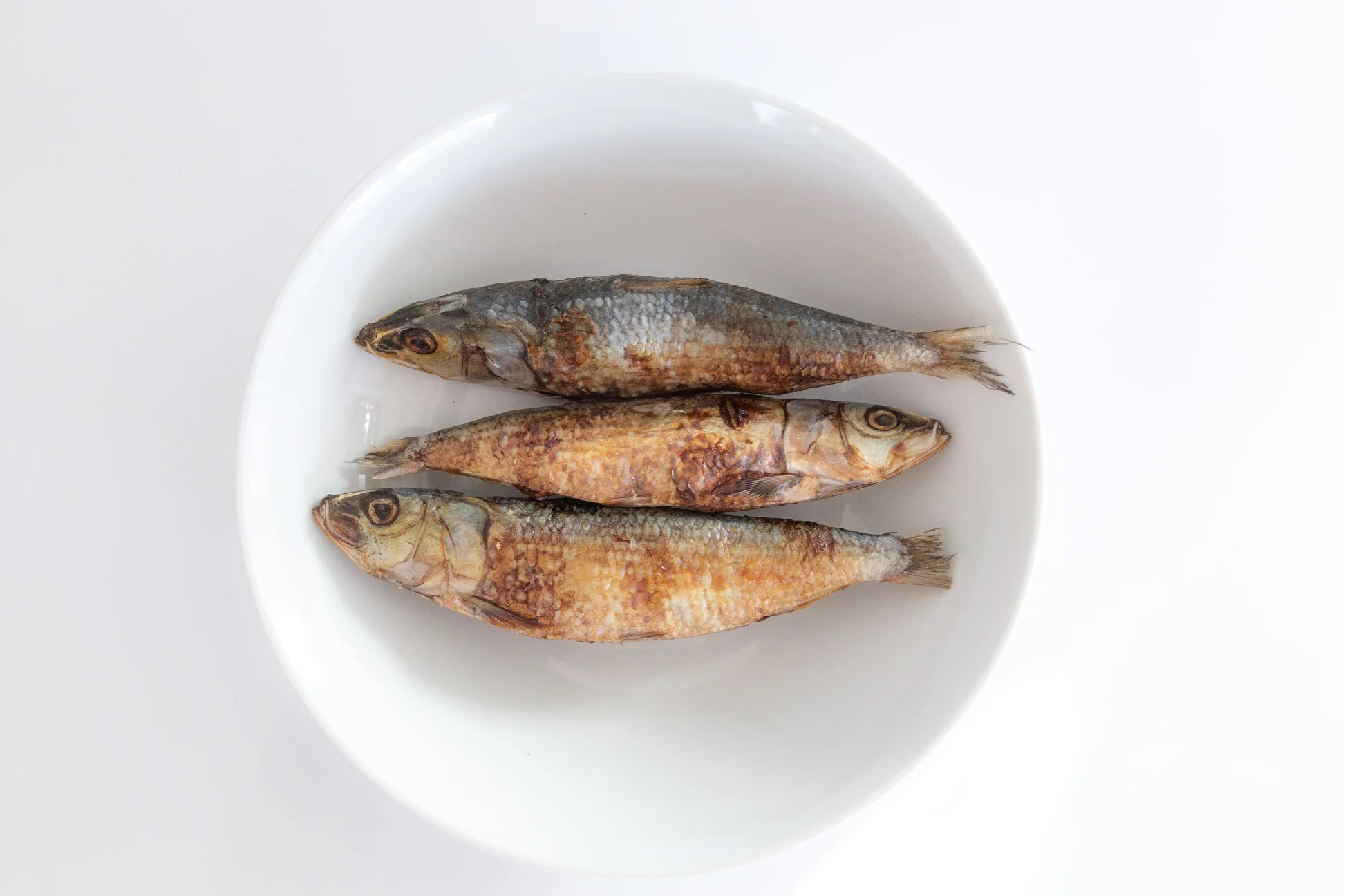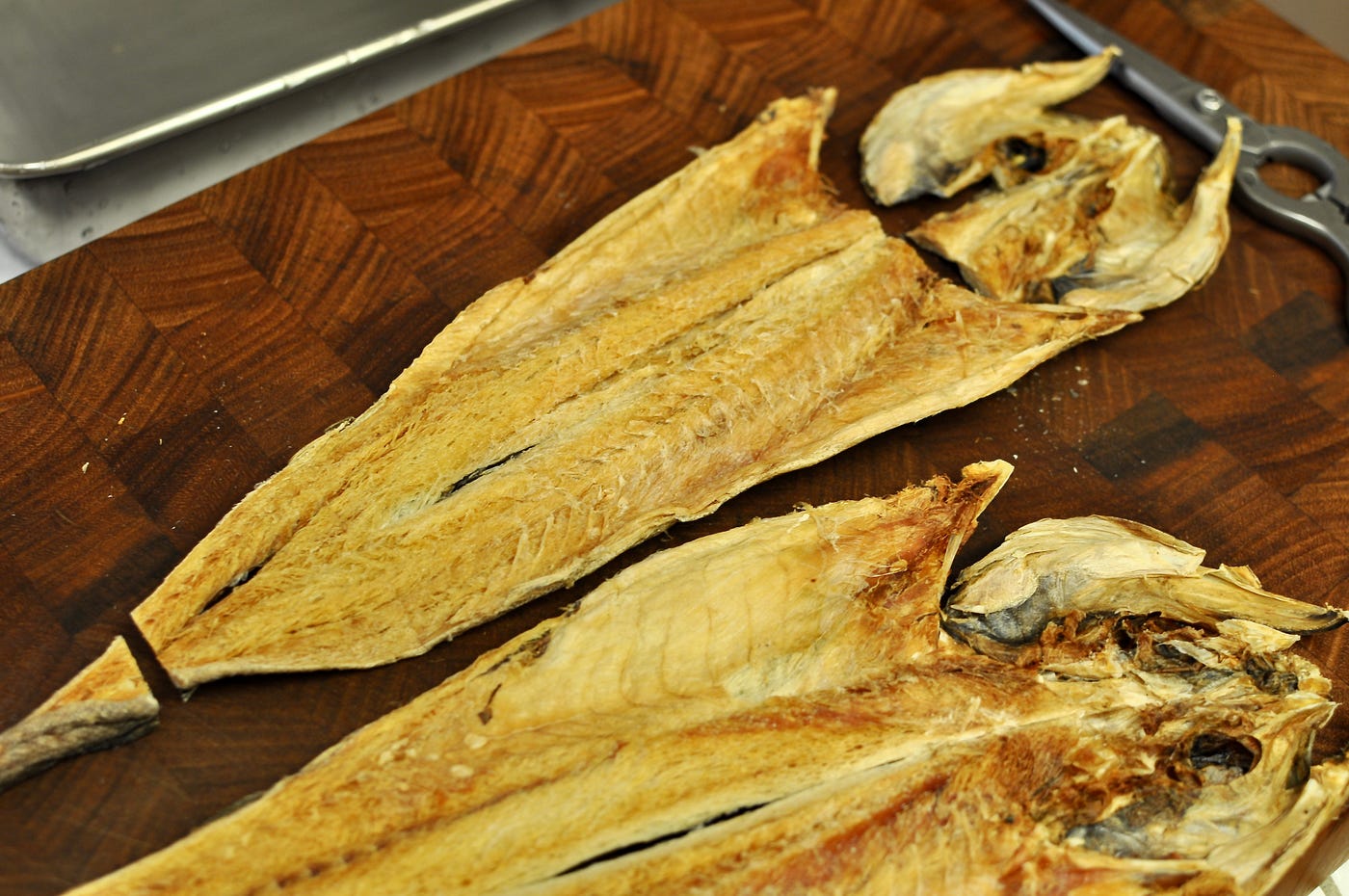Dehydrating Banana Peppers: A Tasty and Versatile Ingredient
Welcome to our guide on dehydrating banana peppers! Whether you have an abundance of banana peppers from your garden or you simply want to preserve their flavor for future use, dehydrating is a fantastic way to extend the shelf life of these vibrant and spicy peppers. Not only does dehydrating banana peppers allow you to enjoy them year-round, but it also concentrates their flavor, making them a versatile ingredient for a wide range of dishes.
Why Dehydrate Banana Peppers?
Dehydrating banana peppers offers several benefits, including:
- Extended Shelf Life: Dehydrating banana peppers removes the moisture content, which helps prevent spoilage and extends their shelf life.
- Intensified Flavor: The dehydration process concentrates the flavors of the peppers, resulting in a more robust and intense taste.
- Versatility: Once dehydrated, banana peppers can be easily incorporated into various recipes, including soups, stews, sauces, and more.
How to Dehydrate Banana Peppers
Now that you understand the benefits of dehydrating banana peppers, let’s dive into the step-by-step process:
- Preparation: Start by washing the banana peppers thoroughly to remove any dirt or debris. Pat them dry with a clean kitchen towel.
- Slice the Peppers: Using a sharp knife, carefully slice the banana peppers into uniform pieces. For dehydrating, aim for slices that are approximately 1/4 inch thick.
- Arrange on Dehydrator Trays: Lay the pepper slices in a single layer on the dehydrator trays, ensuring that there is space between each slice for proper air circulation.
- Dehydrating Process: Set the dehydrator to a temperature of around 125°F to 135°F (52°C to 57°C). Allow the banana peppers to dehydrate for 8 to 12 hours, or until they are completely dry and brittle to the touch.
- Cooling and Storing: Once the peppers are fully dehydrated, let them cool to room temperature before transferring them to airtight containers or resealable bags for storage.
Ways to Use Dehydrated Banana Peppers
Now that you have a batch of dehydrated banana peppers, it’s time to explore the many ways you can use them in your culinary creations. Here are some ideas to get you started:
- Homemade Seasoning Blends: Grind the dehydrated banana peppers into a fine powder and use them to create custom seasoning blends for meats, vegetables, and snacks.
- Flavorful Infusions: Add a kick of heat and flavor to oils, vinegars, and spirits by infusing them with dehydrated banana peppers.
- Soups and Stews: Rehydrate the pepper slices by soaking them in hot water, then add them to soups, stews, and chili for a burst of spicy goodness.
- Pizza and Pasta Toppings: Sprinkle the dehydrated pepper slices over pizzas, pasta dishes, and salads for a pop of color and flavor.
Final Thoughts
Dehydrating banana peppers is a simple and rewarding process that allows you to enjoy the unique flavor of these peppers throughout the year. Whether you’re a fan of spicy foods or simply want to add a zesty kick to your favorite dishes, having a supply of dehydrated banana peppers on hand is a game-changer in the kitchen. So, roll up your sleeves, fire up the dehydrator, and get ready to elevate your culinary creations with the bold and vibrant flavor of dehydrated banana peppers!
For those who have just learned how to dehydrate banana peppers, there are numerous recipes to try that make the most of this ingredient. Readers can start by making a Spicy Dehydrated Banana Pepper Pizza, which adds a fiery kick to a classic favorite. Another great option is the Hearty Chili with Dehydrated Banana Peppers, perfect for warming up on a cold day. For a quick and easy meal, the Dehydrated Banana Pepper and Chicken Stir-fry offers a delicious blend of flavors and textures. Lastly, Spaghetti Aglio e Olio with Dehydrated Banana Peppers provides a simple yet flavorful twist on a traditional Italian dish. These recipes not only showcase the versatility of dehydrated banana peppers but also bring new and exciting tastes to the table.
Was this page helpful?
Read Next: How To Dehydrate Eggs Safely
